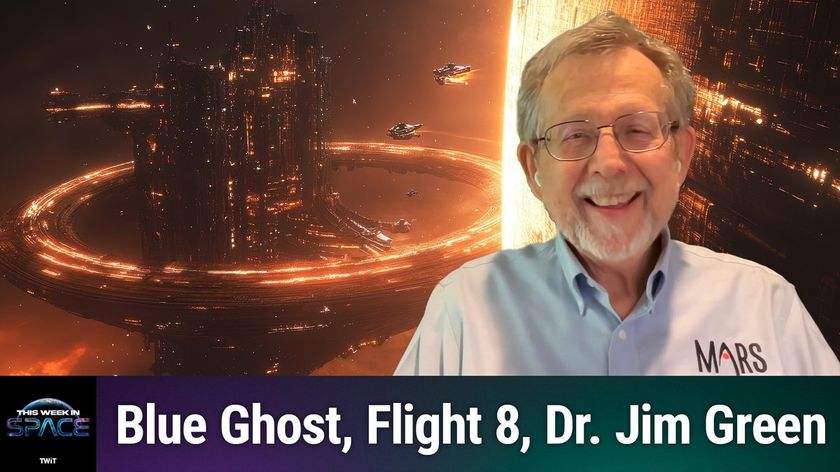Orion Explained: NASA's Multi-Purpose Crew Vehicle (Infographic)

The Orion Multi-Purpose Crew Vehicle will be America’s next manned spacecraft. The capsule has been in development since 2005. In 2013, NASA announced that the European Space Agency will build Orion’s Service Module using hardware that was developed for the Automated Transfer Vehicle (ATV), a cargo ship built to service the International Space Station.
The Orion spacecraft has five main components. The Launch Abort System features escape rockets that fire to pull the astronauts to safety if something goes wrong with the booster early in the flight. [Photos: NASA's Orion Space Capsule]
Orion’s Crew Module houses four astronauts for deep-space missions lasting up to three weeks.
The Service Module, built by the European Space Agency carries rocket engines for propulsion, large solar panels for generating electrical power and oxygen for the astronauts to breathe.
The Spacecraft Adapter is a set of panels for protecting the Service Module during the ascent through the Earth’s atmosphere.
An Instrument Unit contains guidance and control electronics for the booster rocket.
Orion will be launched on the Space Launch System booster. The vehicle features components evolved from those used in the Space Shuttle’s booster system. A central core stage has five liquid-fueled rocket engines. Strapped at the sides are large solid fuel boosters similar to the shuttle’s SRB boosters, but containing more fuel.
Orion’s first uncrewed test flight took place on Dec. 5, 2014. Orion was scheduled to make another test flight during the debut launch of the SLS rocket, with a crewed flight to follow in the 2020s, but that schedule is under consideration.
- Photos: NASA's Space Launch System for Deep Space Flights
- Crew-less Orion Capsule to Fly Around Moon in 2017 | Animation
- Where to See America's Greatest Spaceships (Infographic)
Follow SPACE.com on Twitter @Spacedotcom. We're also on Facebook & Google+.
Join our Space Forums to keep talking space on the latest missions, night sky and more! And if you have a news tip, correction or comment, let us know at: community@space.com.
Get the Space.com Newsletter
Breaking space news, the latest updates on rocket launches, skywatching events and more!

Karl's association with Space.com goes back to 2000, when he was hired to produce interactive Flash graphics. From 2010 to 2016, Karl worked as an infographics specialist across all editorial properties of Purch (formerly known as TechMediaNetwork). Before joining Space.com, Karl spent 11 years at the New York headquarters of The Associated Press, creating news graphics for use around the world in newspapers and on the web. He has a degree in graphic design from Louisiana State University and now works as a freelance graphic designer in New York City.


